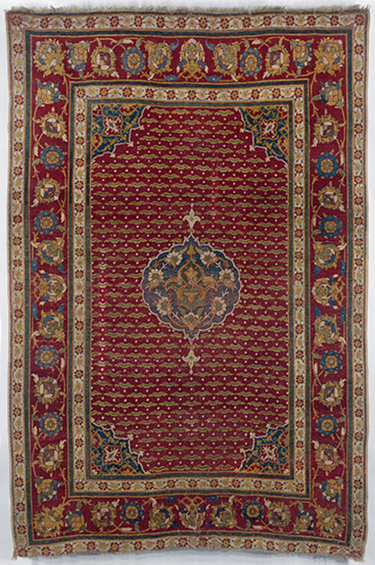The beginning of carpet weaving remains unknown as carpets are subject to use deterioration and destruction by insects and rodents.
Which of these states is famous for weaving carpets.
In 2010 the traditional skills of carpet weaving in fars province and kashan were added to the unesco intangible cultural heritage list.
There are many areas that produce these iconic carpets such as tabriz kerman mashhad isfahan nain and qom.
Carpet weaving in kashmir has persian influence.
Carpet and rug weaving.
Introducing several samples of carpets in safavid era.
A carpet is a textile floor covering typically consisting of an upper layer of pile attached to a backing.
History of kashmir carpets the kashmiri carpets are famous not only in india but across the globe the kashmiri carpets are notes for its speciality of being handmade and similarly it is knotted and not tufted the idea of carpets is nearly 1500 years old and it is not exactly known where and by whom the first carpet was made.
Woven rugs probably developed from earlier floor coverings made of felt or a technique known as flat weaving.
Flat woven rugs are made by tightly interweaving the warp and weft strands of the weave to produce a flat surface with no pile.
Carpets that were ordered by the king of poland sigismund nedsum 1587 1632 during the safavid era are known as the polish carpets.
Another type of persian carpet is a flat weave rug known as a kilim.
The pile was traditionally made from wool but since the 20th century synthetic fibers such as polypropylene nylon or polyester are often used as these fibers are less expensive than wool.
Egyptian influence apparently spread throughout the middle east and then to mongolia and china some investigators credit central asia.
This is also known as carpet city as it is home to the largest hand knotted carpet weaving industry hub.
Kashmiri carpets are more subtle and muted than else where in the country where only chemical dyes are used.
The ardebil carpet known as sheikh safi s carpet is made in the first 20 years of the safavid dynasty and they have made it of silk.
These rugs don t have knotted pile and they use many special types of weaving techniques that involve skipping a certain number.
This carpet was woven in 1539 ad and its warp and woof is of silk.
These carpets are the reminiscence of the golden age of carpet weaving in iran.
The main manufacturer state for handmade carpets is utter pradesh and the city is bhadohi.
Although the exact origins of carpet weaving have not been determined it is known that the egyptians of the 3rd millennium bc wove carpets for the most part of linen ornamented by sewn on brightly coloured pieces of woollen cloth.
Till to day most designs are distinctly persian with local variations.
But the weavers in fars and kashan are considered to be among the best.






























